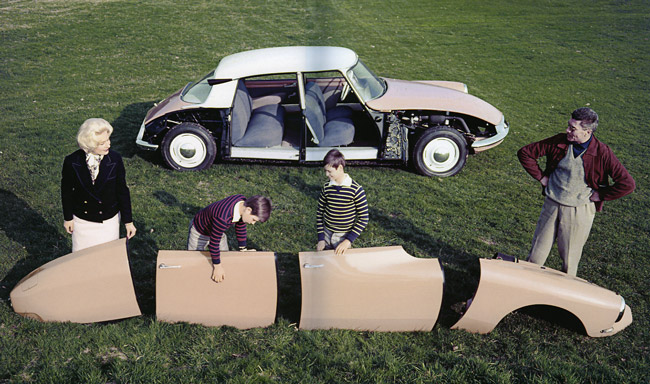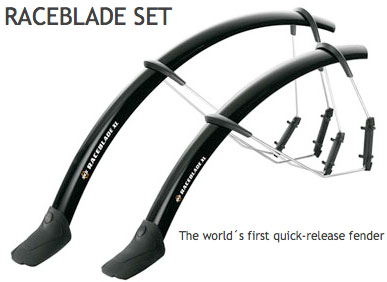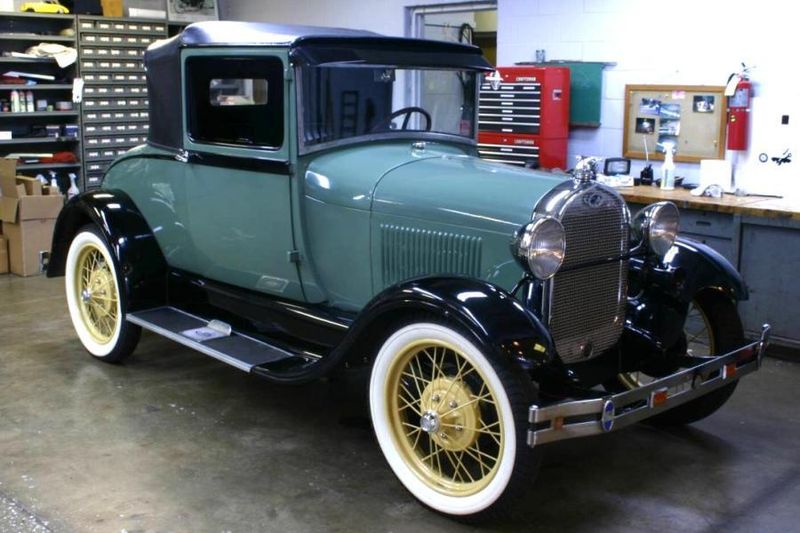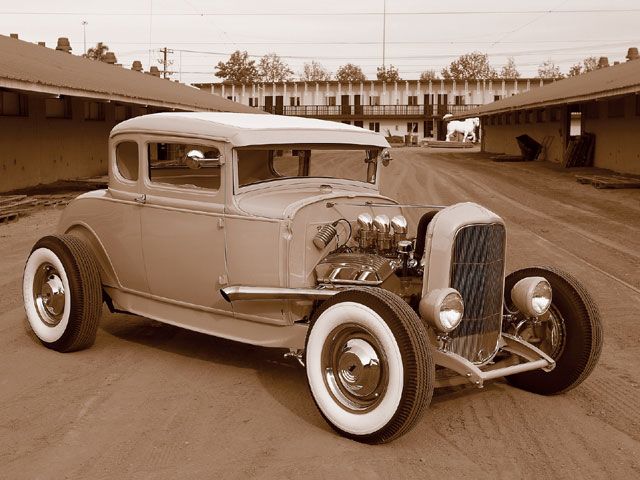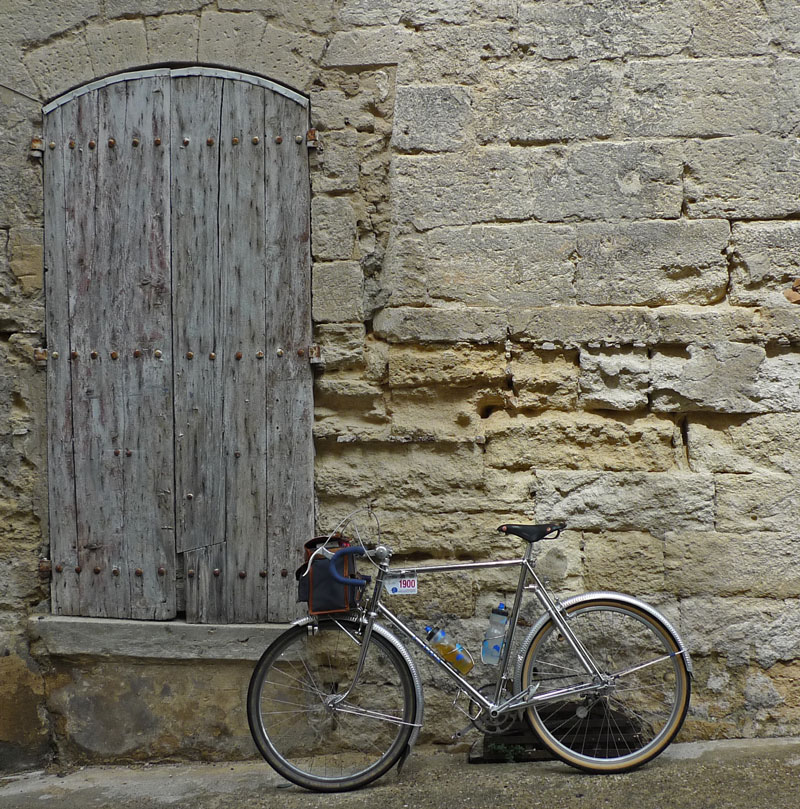April 1: Taking Off Fenders
Spring is here at last, and so this weekend we took the fenders off our car. While we were at it, we also removed the lights. We don’t use the car much in the rain or after dark, and we like the extra performance and uncluttered appearance of a car without those accessories. We’ll put them back on in autumn.
By now, you probably have remembered today’s date, and in any case, I doubt I fooled anybody with this unlikely story. But if you replace “our car” with “our bikes” in the paragraph above, you would not have thought that this was an April Fool’s joke.
For years, I was one of those who took off fenders in the spring. Fenders were a nuisance: They resonated when the road was rough, they tended to rub on the tires, and they gave my bike toe overlap. So every spring, they came off my bike. Inevitably, it started raining the following week.
Some fenders are popular because they are easy to install and remove. It took me a while to realize that my fenders were such a nuisance exactly because they were easy to install and remove, rather than being an integral part of the bike.
On my car, the fenders are part of the package. If I drove around without fenders, nobody would think: “Cool car.” Instead, they’d wonder where I crashed, and whether I am on the way to the body shop to have my car fixed. The fenders (and lights) are an integral part of the car.
That wasn’t always the case. Cars used to have add-on fenders and lights, like the 1930s Ford Model A above. And in the 1950s, it was indeed popular to remove them to improve the performance of your old car (below).
Most bikes today are still made like old-time cars, with fenders and lights as afterthoughts. Their performance indeed is improved by removing the fenders.
Fortunately, my bikes aren’t stuck in the 1930s. They are up-to-date machines, where the fenders are part of the design. They don’t come off easily; in fact, the lighting wire runs through the front fender.
But then, why would I remove the fenders? They are part of the bike. The frame has just the right clearances, so the tires don’t rub on the fenders. The fenders are made from stiff aluminum and mounted to dedicated braze-ons, so they don’t make noise, not even on rough roads. The bike’s geometry is designed so that there is no toe overlap even with fenders. The fenders don’t affect the performance in any significant way, and they are there when I need them.
The photo above was taken in France last summer. Guess what: I rode for 10 hours that day, and 8 of those were in pouring rain. In southern France in August! And once, in Chile, I rode through a herd of cows on the highway. The cows had left fresh droppings all over the road. I still remember how much I wished for fenders that day!


